Tanzania is a dreamland for adventure seekers. Thousands of people each year flock to the country to explore the amazing safari parks and of course Mount Kilimanjaro. Tanzania is home to several world-famous safari parks. They are the stunning Serengeti with its great migration; The massive Tarangire National Park with its herds of elephants; The smaller Lake Manyara National Park with its aquatic creatures and birds; The action-packed Arusha National Park at the foot of Mount Meru; and the one and only Ngorongoro Conservation Area.
In this article we are going to talk about the Ngorongoro Crater and why you should make sure you have enough time to see it while Tanzania.
First of all, it is too far to do in one day, I have done it and it was a long day.
Yet, the Crater is within easy driving distance of the Serengeti, Lake Manyara, and Tarangire National Parks. So we break up the long drive by visiting other safari parks along the way.
The Crater is also very accessible from many of northern Tanzania’s tourist destinations.
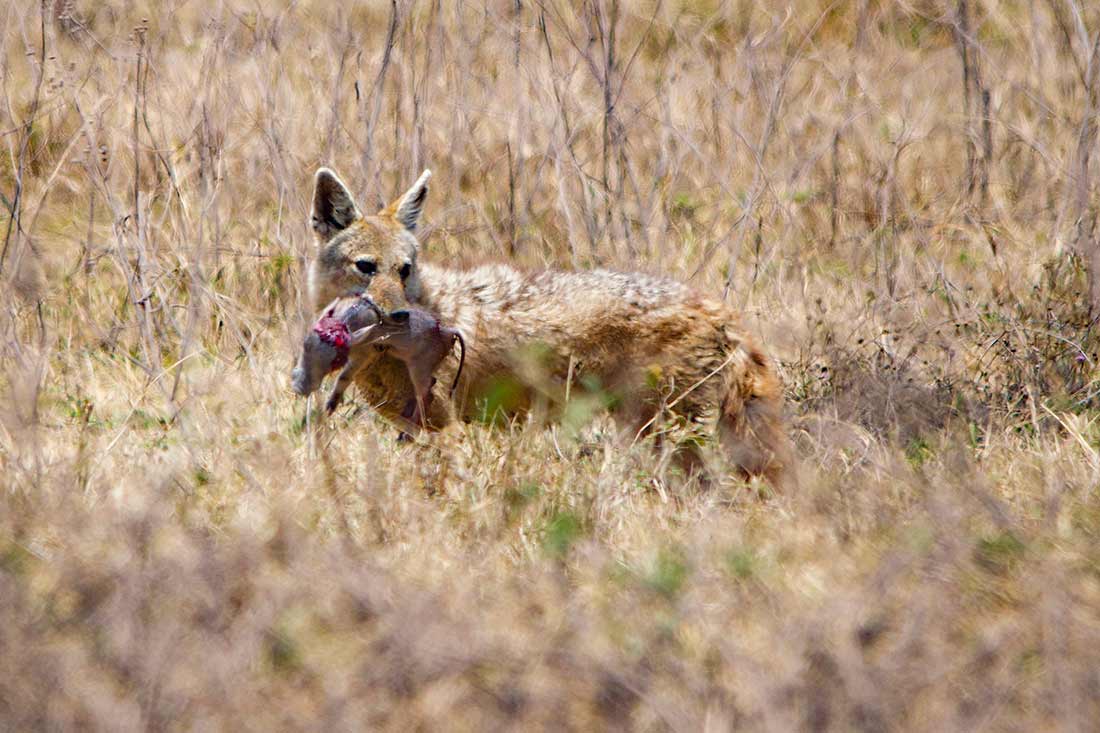
History of Ngorongoro Crater
The name of the crater is onomatopoeic; The Maasai named it from the sound the wooden cowbell makes (ngoro ngoro).
Furthermore, the Crater is very close to the Olduvai Gorge. Olduvai Gorge has been excavated for many years and has evidence of some of the first hominid species. The fossils found there also show that humans have lived in the Crater for more than 3 million years. Furthermore, near the Crater, they discovered the Laetoli footprints. They are the oldest humanoid footprints on record.
Volcano
According to scientists, the Ngorongoro Crater used to be a volcano, some theorize, taller than Kilimanjaro. The cone collapsed and created the 2,000-foot deep, 11-mile cross crater.
Many consider it one of the great natural wonders. As the world’s largest intact volcanic caldera, it has been a UNESCO World Heritage Site since 1978.
The view from the rim of the crater is breathtaking. The crater floor contains a vast population of wildlife. The Crater is painted with many colors. The green of the dense vegetation contrasts with the brown of the grasses and the blue of the lake. With a telescope, like the ones on the balconies of many of the lodges perched along the Crater rim, you can see herds of elephants, wildebeest, and zebra. Despite the view, the experience doesn’t truly begin until you descend into the crater.
Inside the Crater
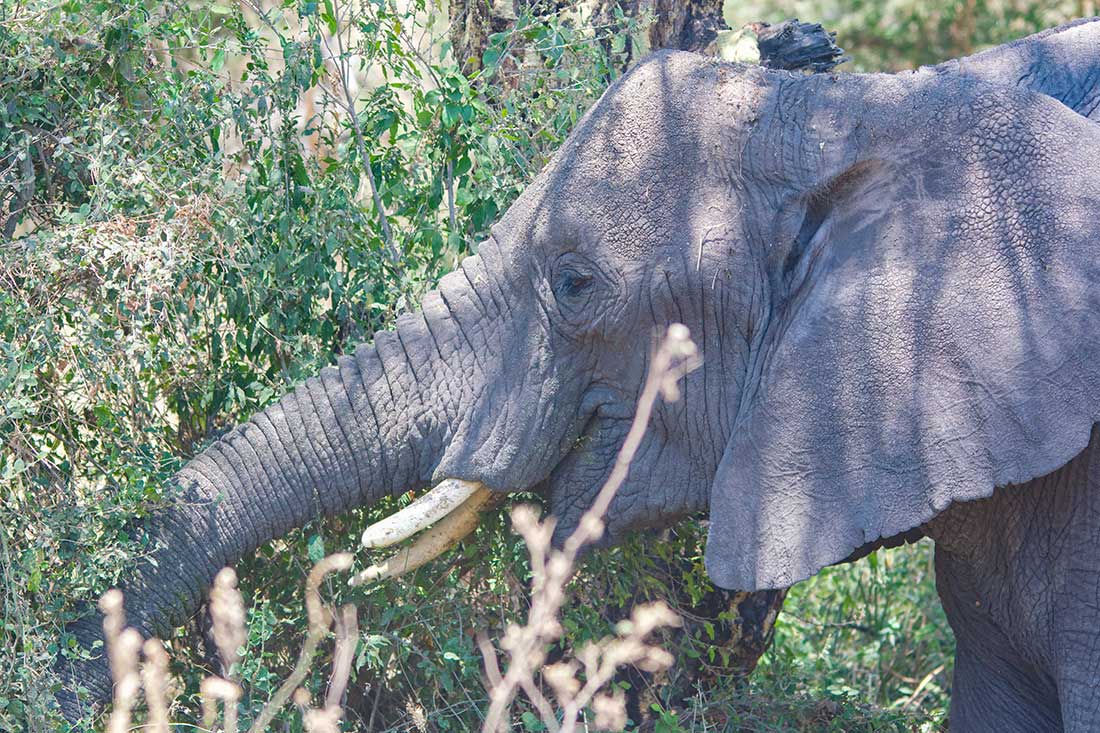
Most of the northern side of the Crater is rolling grassland. This grass attracts grazing animals like wildebeest, buffalo, gazelle, and zebra. Occasionally, elephants may appear among the Acacia trees. However, they are less common here than in neighboring Tarangire.
Bordering this grazing paradise is Lake Magadi. South of that, lies the Lerai Forest, consisting of the acacia trees found elsewhere in Tanzania. This is where you may spot giraffes stretching their long necks high up into the trees to eat.
To the east of Lerai, pods of hippos wade in the Ngoitokitok Springs. You can park and walk to the edge of the spring to watch the hippos. Be careful—don’t get too close—the hippo is the deadliest animal in Africa.
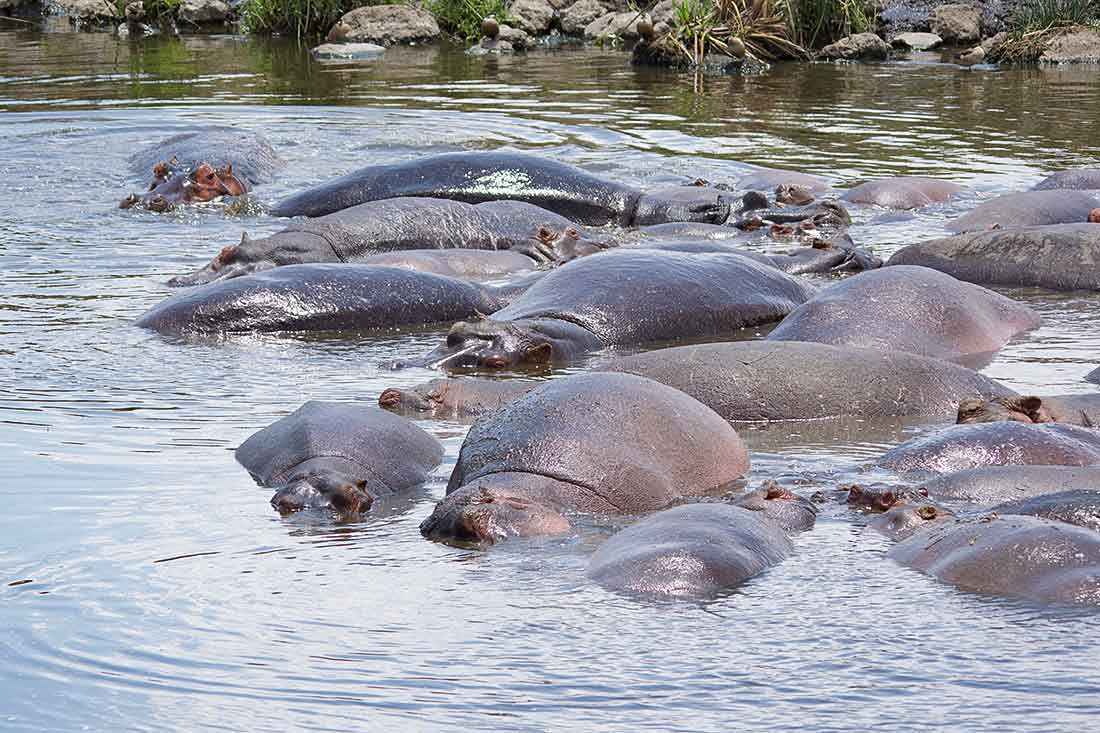
There are also bathrooms and a picnic area here.
Notably, the Ngorongoro Crater is not a national park. Why is this? Because the Maasai people still use the Crater and they wouldn’t be allowed to if it was a national park.
The Maasai
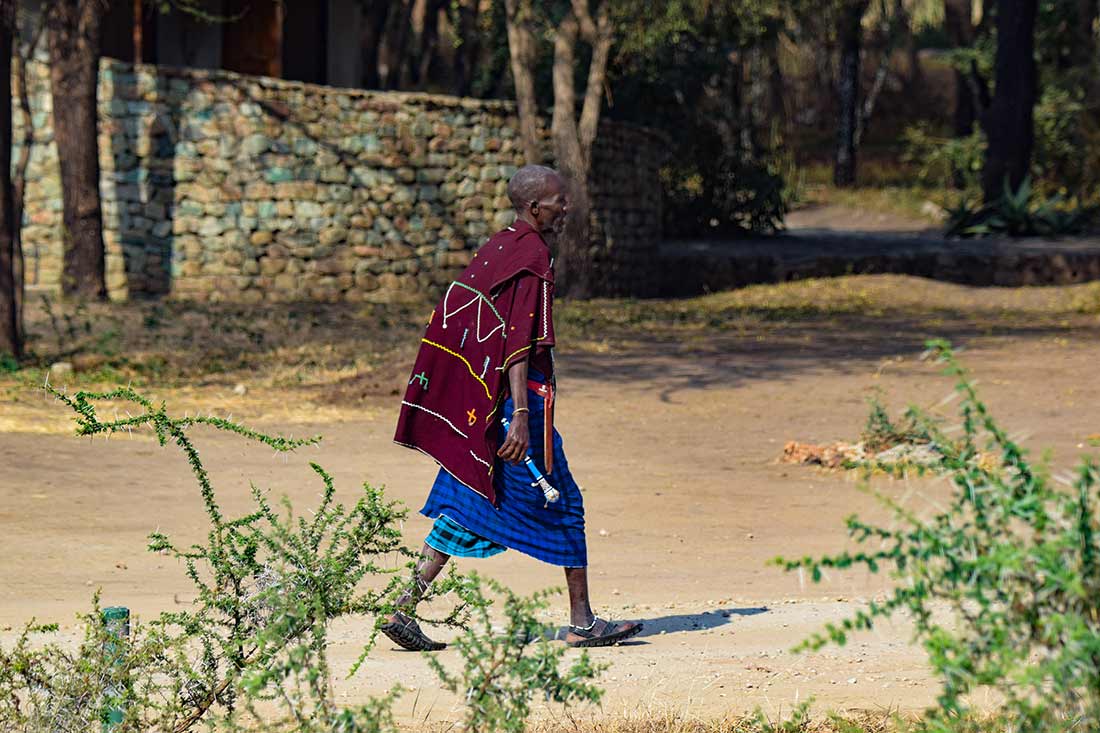
The Maasai people may even be more interesting than the ancient remains found at Olduvai. The Crater has been home to the Maasai for hundreds of years. There are approximately 42,000 Maasai left today. They are not allowed to live inside the Crater, but they are allowed to graze their cattle there. Several Maasai villages, called bomas, are just outside the Crater rim. Outsiders are welcome in a few Maasai bomas, and tourists can stay overnight. Visitors can see many craftsmen at work in the bomas, which offer an insight into ancient traditions. There are many Maasai who speaks English fluently. This is in addition to their native language of Maa.
It is important to ask for permission before taking photos of the Maasai. This includes those you may see by the side of the road. A dollar usually covers it.
In Conclusion
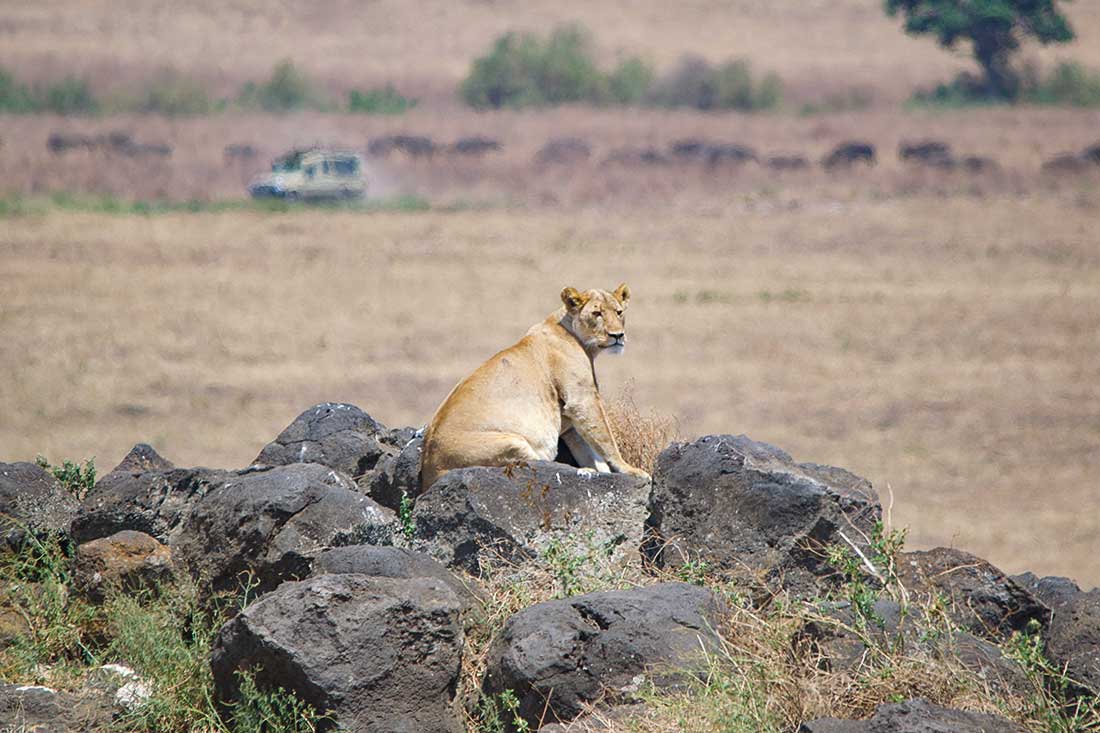
Because the Ngorongoro Crater is relatively small in comparison to parks like the Serengeti, it can get rather crowded during peak seasons. Book in advance to make sure there is room at the limited lodging. After all, it is a crater rim and there are only a few stable areas to work with. If you are traveling to Tanzania, the Ngorongoro Crater is worth visiting. If you don’t own a DSLR Camera, we recommend getting one. We also recommend renting a 400-500mm lens to get up close and personal with the wildlife. The Ngorongoro Crater is a must-see that should definitely be included on your Tanzanian to-do list.



